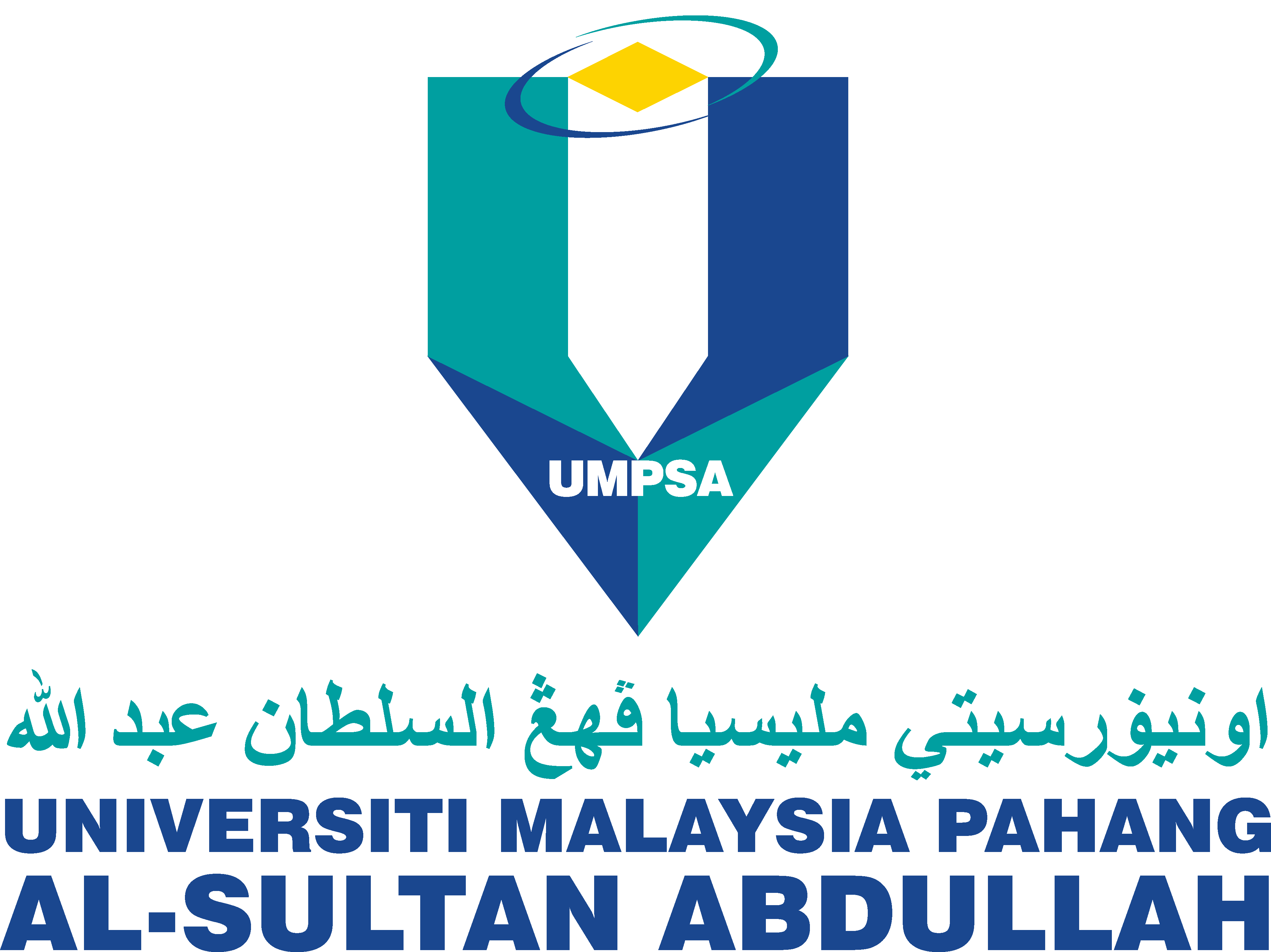DEVELOPMENT OF A DUAL DEGREE INFORMATION SYSTEM FRAMEWORK: A TECHNOLOGY ACCEPTANCE MODEL
DOI:
https://doi.org/10.15282/ijim.18.4.2024.10102Keywords:
Dual degree program, Technology Acceptance Model, IT Prototype, Design Science Research, MS AccessAbstract
Universiti Malaysia Pahang Al-Sultan Abdullah is a public higher education institution in Malaysia, which has been offering dual degree programs since 2010 in collaboration with various international higher education institutions across Germany, Kazakhstan, and China. Due to the complexity of dual degree students' data, the current internal management system can only record primary data. Thus, this study aims to design a prototype of an integrated management system that can handle the complexity of dual degree data. The prototype was developed using Microsoft Access based on the design science research methodology and two expert users conducted the user acceptance test to assess its functionality. The findings showed that the prototype had a major potential and was recommended for implementation in a real-world environment. This study contributes to the advancement of dual degree program management and highlights the importance of considering end-user feedback in system development and acceptance.
References
Abdul Wahit, M. R. (2022, June 30). UMP recognised as hub for TVET automotive. UMPSA News. https://news.umpsa.edu.my/general/ump-recognised-hub-tvet-automotive
Burgess, G. L., & Worthington, A. K. (2021). Technology Acceptance Model. Persuasion Theory in Action: An Open Educational Resource. https://ua.pressbooks.pub/persuasiontheoryinaction/chapter/technology-acceptance-model/
Calzon, B. (2022). The Importance of Data Driven Decision Making for Business. Business Intelligence. https://www.datapine.com/blog/data-driven-decision-making-in-businesses/
Chien, C. (2020). What Is Rapid Application Development (RAD)? Codebots. https://codebots.com/app-development/what-is-rapid-application-development-rad
Culver, S. M., Puri, I. K., Spinelli, G., DePauw, K. P. K., & Dooley, J. E. (2012). Collaborative dual-degree programs and value added for students: Lessons learned through the evaluate-e project. Journal of Studies in International Education, 16(1), 40–61.
Davis, F. D. (1989). Perceived usefulness, perceived ease of use, and user acceptance of information technology. MIS Quarterly, 319-340.
Dogra, A. (2023). What is B1 Level German? Kochiva. https://kochiva.com/blog/b1-level-german/#:~:text=When%20you%20pass%20the%20B1
Goethe-Institut Malaysia. (n.d.). TestDaF. https://www.goethe.de/ins/my/en/spr/prf/testdaf.html
Hevner, A. R., March, S. T., Park, J., & Ram, S. (2004). Design science in information systems research. MIS quarterly, 75-105.
Jam, N. A. M., & Puteh, S. (2022). Exploring the teaching and learning indicators towards education 4.0 in MTUN, Malaysia. International Journal of Information and Education Technology, 12(2), 179–184.
Kuder, M., Lemmens, N., & Obst, D. (2014). Global perspectives on international joint and double degree programs. The Institute of International Education
Ma, Q. X., & Liu, L. P. (2011). The Technology Acceptance Model. Advanced Topics in End User Computing, 4, 59-72.
Marangunić, N., & Granić, A. (2015). Technology acceptance model: a literature review from 1986 to 2013. Universal Access in the Information Society, 14(1), 81–95.
Mohamed, A. J., Ahmad, A., Ibrahim, A. H., Abd. Rahman, A., Mustafa, R. W. H., Wan Mohd, W. M., & Mohd Ali, Z. (2015). Model Minda KUKTEM-UMP Penghayatan Berterusan (Z. Mohd Ali & H. Kassim, Eds.; p. 80). Penerbit Universiti Malaysia Pahang.
MQA. (2019). JPT-GP Kursus Pengajian Ijazah Bersama Dual Berganda oleh IPTS. https://www.mqa.gov.my/new/document/suratmakluman/2020/July/JPT-GP%20Kursus%20Pengajian%20Ijazah%20Bersama%20Dual%20-Berganda%20oleh%20IPTS%20(10Jun)%20latest.pdf
One Identity. (2023). Why Is Single Sign-On (SSO) Important? | OneLogin. https://www.onelogin.com/learn/why-sso-important
Park, J. (2017). An Introduction to Complexity Theory. https://medium.com/@junp01/an-introduction-to-complexity-theory-3c20695725f8
Surendran, P. (2012). Technology Acceptance Model: A Survey of Literature. International Journal of Business and Social Research, 2(4), 175–178.
Takemura, K. (2020). Behavioral Decision Theory. Oxford Research Encyclopedia of Politics.
Zürich, I. L. S. (2023). Language level B2 in German. ILS Zurich. https://ils-zuerich.ch/en/language-level-b2-in-german/#:~:text=B2%20is%20the%20fourth%20of
Downloads
Published
Issue
Section
License
Copyright (c) 2024 The Author(s)

This work is licensed under a Creative Commons Attribution-NonCommercial 4.0 International License.



